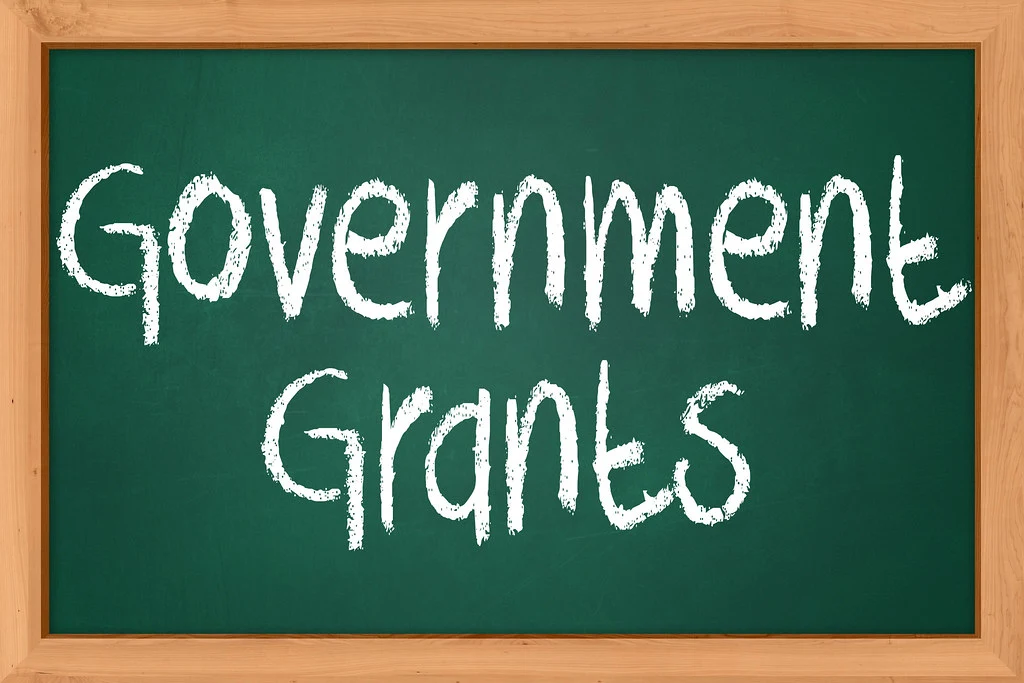
In a world where energy efficiency is more than everything, understanding the benefits of grants for insulation is crucial for homeowners and businesses alike. This comprehensive guide aims to shed light on how it can significantly contribute to gas savings, leading to increased affordability and a more sustainable future. Let’s explore the intricacies of this and unveil the potential for heightened savings on your gas bills.
The Link Between Insulation And Gas Savings
Improved Thermal Efficiency:
Insulation acts as a thermal barrier, preventing the escape of heat during colder months and hindering heat intrusion in warmer weather. By ensuring that your home or business maintains a consistent temperature, insulation significantly reduces the need for constant heating or cooling. This, in turn, leads to a substantial decrease in gas consumption, resulting in immediate savings.
Reduced Dependency On Heating Systems:
Well-insulated spaces retain heat more effectively, allowing homeowners and businesses to rely less on gas-powered heating systems. As a consequence, gas consumption decreases, leading to a considerable reduction in gas bills. Investing in insulation, therefore, becomes a strategic approach to achieving increased savings on gas-related expenditures.
Enhanced Comfort And Efficiency:
Beyond financial benefits, proper insulation contributes to a more comfortable living or working environment. By eliminating drafts and temperature inconsistencies, insulation ensures that your heating system operates more efficiently, optimizing its performance and longevity. This translates into sustained gas savings over the long term.
The Role of Grants For Insulation in Achieving Affordable Gas Savings
Government Scheme:
Governments recognize the importance of energy efficiency and offer different grants to support these types of projects. Government schemes, like the Great British Insulation Scheme (GBIS), focus on assisting low-income households with insulation upgrades, contributing directly to increased gas savings. Exploring government grants ensures a different range of property owners can benefit from financial assistance.
Counties And Local Initiatives:
Many counties and local governments administer insulation sche made to their unique needs. These programs may target specific regions, income levels, or property types, providing an opportunity for residents to access grants that contribute to gas savings. Conducting thorough research at the local level is crucial to identifying and leveraging available opportunities.
Utility Company Incentives:
Utility companies actively promote energy efficiency by offering incentives, such as rebates or direct grants, for upgrades. Collaborating with utility providers ensures that homeowners and businesses tap into additional resources, making the implementation of energy-efficient measures, including insulation, more financially viable and leading to increased gas savings.

Explaining The Application Process Of Grants For Insulation
Understanding Eligibility Criteria:
Before applying for these grants, it’s essential to understand the eligibility criteria. Criteria may vary based on factors such as income level, property type, and the proposed scope of the energy-efficient project. Ensuring alignment with these criteria increases the chances of a successful grant application.
Conducting Energy Audits:
A comprehensive energy audit helps identify areas where insulation improvements are most needed. This not only guides the insulation project but also strengthens the grant application by demonstrating a clear understanding of the property’s energy efficiency needs. Some grant programs may even require an energy audit as part of the application process.
Working With Accredited Contractors:
Certain grant programs mandate that the work be carried out by accredited contractors. Collaborating with professionals familiar with the specific requirements of grant programs ensures that projects meet the necessary standards and enhances the likelihood of grant approval.
Maximizing Savings With Insulation For Gas Efficiency
Combining Funding Sources:
To maximize savings, consider combining multiple funding sources. For instance, pairing a government grant with a utility company rebate can significantly offset the cost of energy-efficient upgrades. Exploring synergies between different programs ensures a more robust financial foundation for insulation projects, contributing to increased gas savings.
Focusing On Long-Term Benefits:
Beyond immediate savings, it contributes to long-term benefits and a positive return on investment. Reduced gas consumption not only lowers utility bills but also extends the lifespan of gas-powered appliances and systems. This results in ongoing operational savings and reduced maintenance costs, contributing to sustained affordability.
Environmental Impact:
Investing in insulation grants not only benefits individual homeowners and businesses but also contributes to broader environmental conservation efforts. Reduced gas consumption translates to lower greenhouse gas emissions, making a meaningful contribution to the global fight against climate change.
Overcoming Challenges in the Application Process:
While it presents lucrative opportunities, navigating the application process can pose challenges. Limited funding availability, complex application procedures, and changing eligibility criteria are common hurdles. Staying informed about program updates, actively engaging with local energy offices, and seeking assistance from experts can help overcome these challenges.
Conclusion
In conclusion, increasing savings with this process is not just about reducing gas bills; it’s a strategic investment in a more sustainable, cost-effective, and comfortable future. This comprehensive guide has explored the interconnected realms of energy efficiency and financial savings, emphasizing the important role of the Insulation Grant in achieving increased gas savings. By understanding the significance of insulation, navigating the grant application process, and maximizing available resources, homeowners and businesses can embark on a journey towards substantial savings and a greener, more energy-efficient tomorrow.
